Greetings from Gibraltar, a slice of England on the Med – and our last restriction-free holiday option
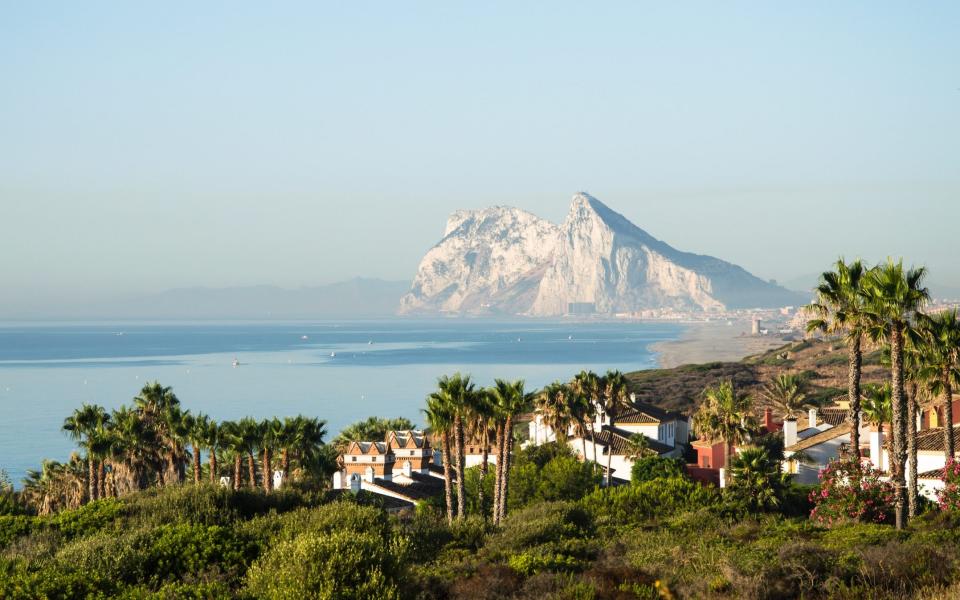
‘Sit down,’ says Brian Gomila, and I sit down, even though it’s the last thing I feel like doing. We’re surrounded by Barbary macaques – on the forest floor around us, in the trees above our heads. A female with an infant shuffles past, followed by several servile males – you can tell she’s the one in charge around here. Now I’m sitting down she seems to loom above me, and suddenly I feel very vulnerable but, as Brian says, that’s not important. Making them feel safe around us – that’s the most important thing.
Brian Gomila is a primatologist, born and raised here in Gibraltar, and he’s brought me up to the Rock to see how Gibraltar’s monkeys behave when busloads of tourists aren’t around. Of course I’m a tourist too, but Brian takes you off the beaten track and he only ever takes a few people with him, so his tours are far more intimate than the photo ops you see at the summit. Here you can observe the power struggles within the troop as these monkeys vie for social status. As Brian talks me through their routines and rituals, you realise they’re not so different from you and me.
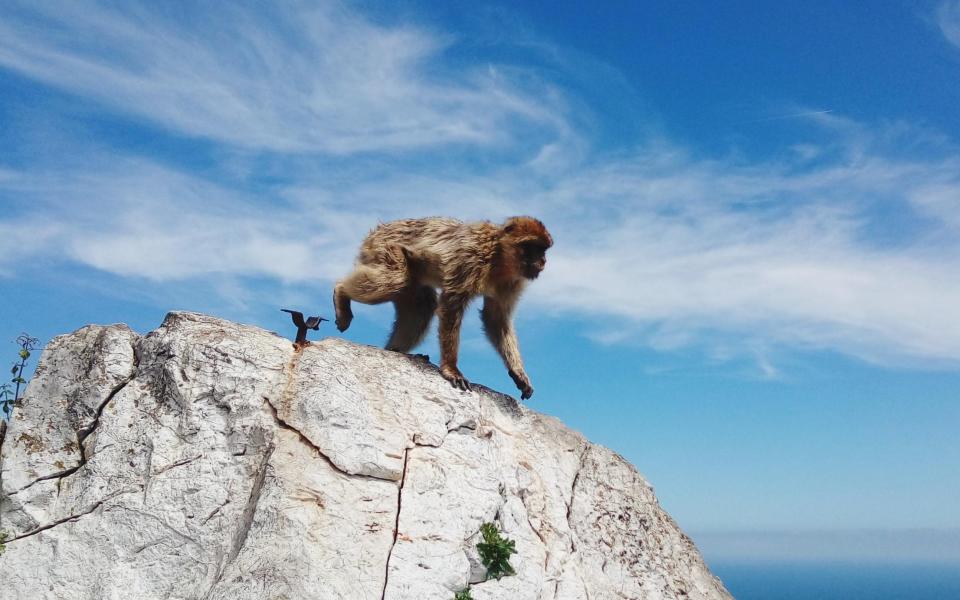
This was my second trip to Gibraltar, and it felt very different from my first fleeting visit, a few years ago. Back then, I thought I’d seen most of what this compact peninsula had to offer. This time, I realised I’d barely scratched the surface. Packed into a few square miles is an abundance of nature, culture and, above all, history. You could easily spend a week here, and not run out of things to see and do. And with none of the usual cruise ship traffic, and other visitors so scarce, there’s never been a better time to go.
With no quarantine restrictions, either on arrival or when you return to Britain, Gibraltar is far easier for Brits to visit than any other European destination. The protocols have been rigorous, easier to enact in such a small community, and consequently the territory has come through the Covid crisis remarkably well, with only a handful of fatalities. You have to wear a mask in the city centre (even outside) but virtually everything here is open. Not bad going for one of the most densely populated places in the world.
Although I learnt about Gibraltar back in school, and was intrigued by its rich history, I didn’t get around to going there until a couple of years ago. I didn’t realise what I’d been missing. Gibraltar is a world away from the old colonial stereotype. The Gibraltarians are British to the bone, and English is the lingua franca, but the people are an exotic mix of British, Spanish, Italian, Maltese and Portuguese. Most of them are Roman Catholic, but there are also thriving Anglican, Jewish, Muslim and Hindu communities. A contemporary commercial centre with an antique core, it’s a bustling multicultural place.
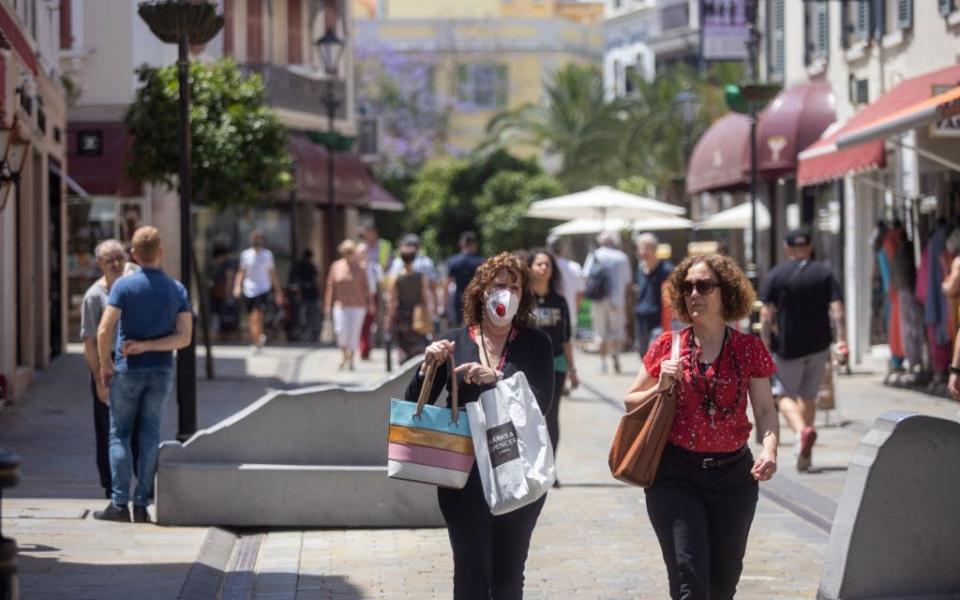
If you’ve never been before, the first thing that hits you when you arrive is the Rock itself. It’s incredibly dramatic, an immense shard of white limestone which rises up 1,400 feet, towering over the town below. Wherever you are on the peninsula, it’s a constant presence, one of the natural wonders of the western world. At night, lit up by the lights below, it almost looks supernatural. You can see why the ancients regarded it as one of the twin Pillars of Hercules, a mountain made by an angry god.
The second thing that hits you is Gibraltar’s spectacular location. You can understand straight away why it’s always been so strategically important, for war and commerce – the crossroads between Europe and Africa, the gateway between the Atlantic and the Med. Morocco is only nine miles away, and the narrow straits between are crowded with international shipping: container vessels bound for Panama, ferries for Tangier…

Gibraltar is minute, only three miles long and less than a mile across. The total circumference is about eight miles. You could walk all the way around it in an afternoon. In any other place so small, you’d soon go stir crazy. The thing that makes it so absorbing is its colourful and violent past.
The best place to begin is in Gibraltar’s National Museum. The permanent exhibition gives you an excellent overview of Gibraltar’s complex heritage. There’s some fascinating info about the Neanderthal remains which were discovered here, in caves within the Rock, before the discoveries in Germany’s Neander valley (he really should be called Gibraltar Man). There are Stone Age and Bronze Age relics too, and Phoenician and Roman finds, but the finest exhibit is the Moorish bathhouse, in the cellar beneath the museum. The Moors were here for 700 years, from the 8th Century until the 15th Century, when they were driven out by the Spanish, who ruled Gibraltar until 1704, when it was seized by the Royal Marines. As every schoolboy (and schoolgirl) used to know, it’s been British ever since.
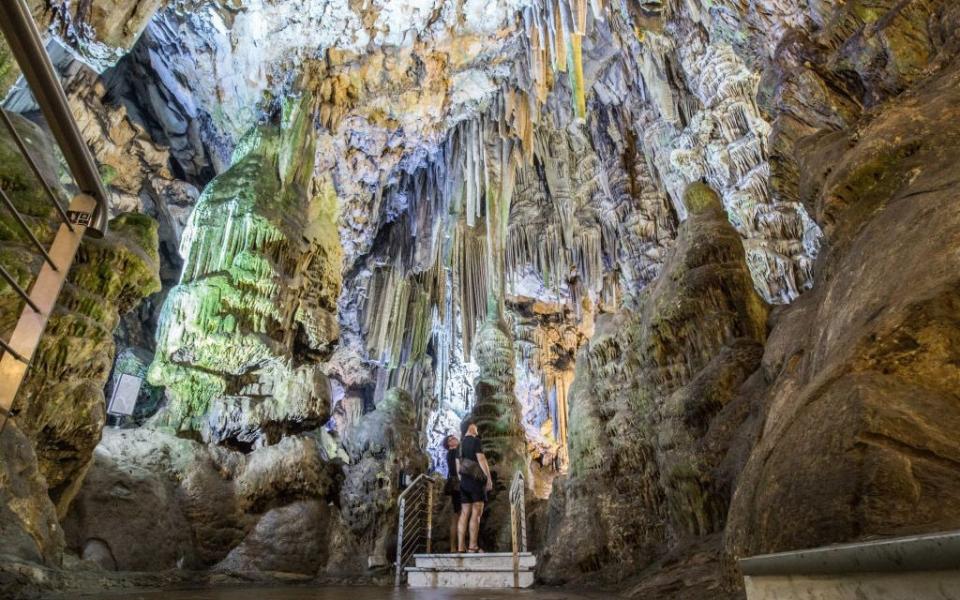
I suppose you could still have a nice time in Gib without knowing anything about its past, but the more you learn about what’s happened here the more enjoyable it becomes. The history of the place is all around you, in the robust walls the British built to repel the Spanish, and the cavernous gun emplacements they dug into the Rock itself. A crucial base in every conflict, from the Napoleonic Wars to the Falklands War, Gibraltar is a gigantic fortress, festooned with cannons at every turn.
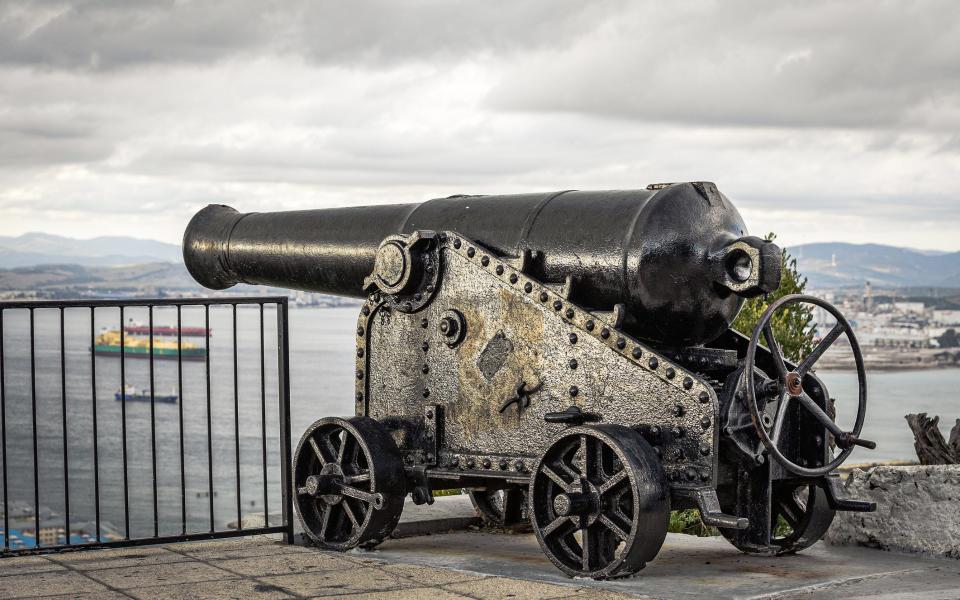
However there’s plenty of other stuff to entertain you, even if you aren’t utterly obsessed with men in uniform. The National Art Gallery boasts some charming impressionistic landscapes, and there are some splendid modern paintings in the John Mackintosh Hall. The old town is enchanting, a cosy cluster of elegant Georgian villas and townhouses, mainly built for the military but now requisitioned for more convivial uses. The King’s Bastion, once the core of Gibraltar’s battlements, now houses a ten-pin bowling alley. My favourite spot is the Garrison Library, an officer’s club for the last two centuries, now open to the public. An oasis of calm and quiet in the centre of the city, its wood-panelled rooms and walled gardens are supremely peaceful. ‘That’s Gary, the Garrison Library cat,’ said researcher Christopher Tavares, introducing me to a geriatric ginger stray, snoozing on a comfy chair in the tranquil book-lined foyer. ‘He wandered in one day and never left.’
With just 33,000 inhabitants, the population of a small town in Britain, you might think Gibraltar would be a bit provincial. Not at all. Since the military presence was reduced, in the 1980s, it has become a dynamic financial hub, and the downtown business district feels like a little slice of London Docklands. Fifteen thousand Spaniards cross the border to work here every day.

And yet the place is tiny, which is a terrific plus if you’re only here for a long weekend. You don’t waste any time getting around, everything is just a few minutes’ drive away, and so long as you’re moderately fit you can reach most places on foot. There’s a cable car up to the summit of the Rock, or if you’re feeling adventurous you can walk up the Mediterranean Steps, a vertiginous footpath which snakes round the south side of the cliff, giving you some giddy views of the Med and the Atlantic. It’s perfectly safe, but you should only do it in good weather – and if you’ve got a good head for heights.

There’s a decent range of restaurants. Yes, you can get a good Sunday Roast or Fish & Chips, or Apple Crumble or Eton Mess, but the Mediterranean fare is just as good. The best meal I had was in Nunos, the house restaurant of the Caleta Hotel, and I’m not just saying that because they put me up. It’s really popular with locals too. The Caleta Hotel is a homely four-star, on a sandy beach on the quieter east side of the peninsula. If you fancy staying somewhere a bit more lively and glitzy, try the Sunborn, a state-of-the-art five-star hotel housed in a shiny new cruise ship in the harbour.
I finished my trip at the Rock Hotel, a stunning slab of Art Deco beside the botanical gardens. Ernest Hemingway stayed here and so did Alec Guinness. I could imagine them drinking cocktails together in the sunlit bar, the opening scene in an Agatha Christie Whodunnit or a Graham Greene Film Noir. I had a delicious lunch – ravioli, sea bream, and a glass of sauvignon blanc to wash it down – but the best thing was the view. I watched the boats criss-crossing the blue water beyond the window, so many boats I couldn’t count them.
Gibraltar will always be British, as long as the Gibraltarians have anything to do with it, but despite its quaint Home Counties customs, it’s also cosmopolitan, and that’s it’s main appeal. ‘There are certain places on the surface of the earth that possess more magic than others,’ wrote Paul Bowles. He was writing about Marrakech, but he could have been writing about a place the Moors called Jabal Tariz, or, as we call it, Gibraltar.
William Cook travelled to Gibraltar as a guest of the Caleta Hotel (www.caletahotel.com) and the Gibraltar Tourist Board (www.visitgibraltar.gi).

